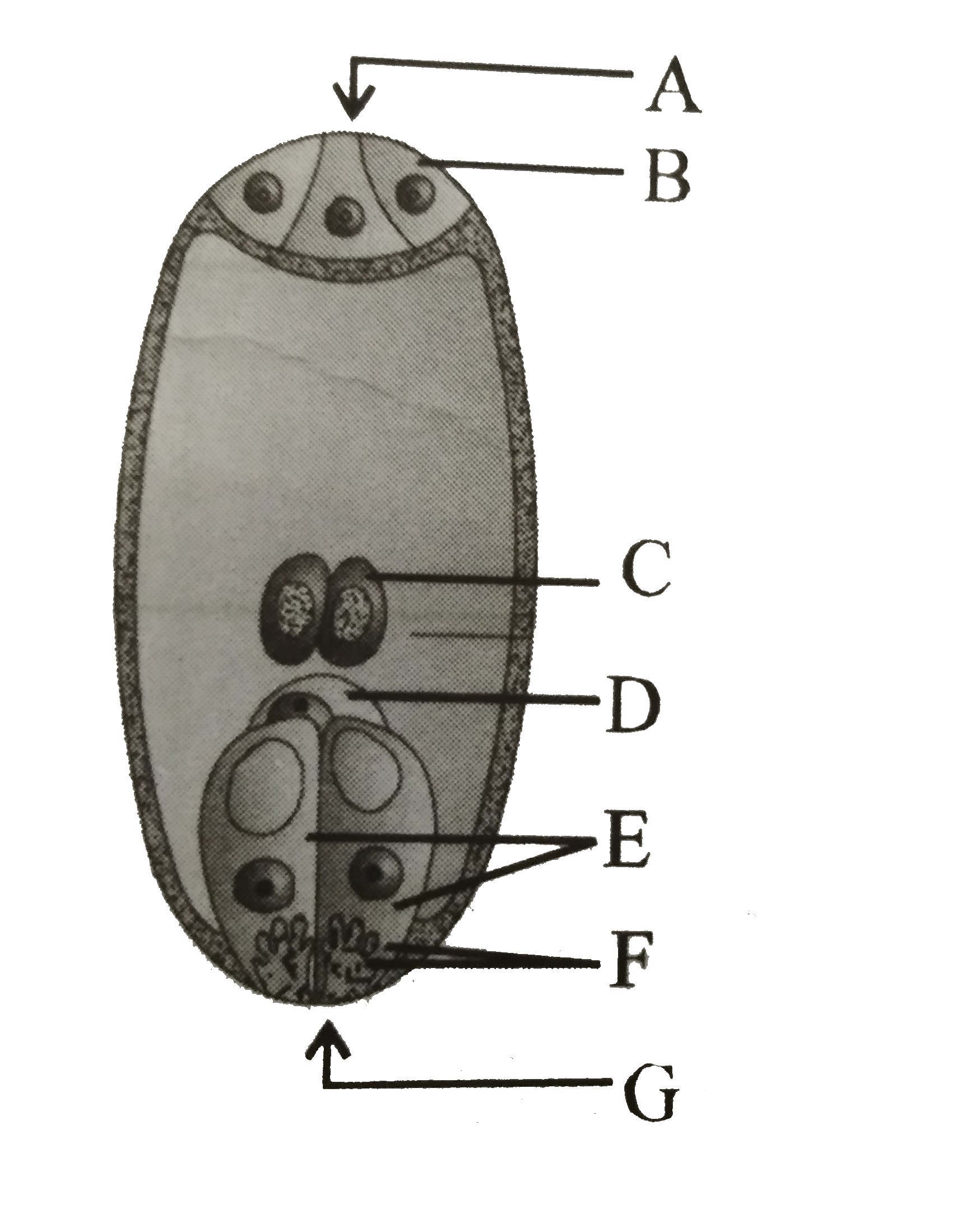If in two triangles and , , then which of the following is not true? (b) (c) (d)
To solve the problem, we need to determine which of the given statements about the triangles ABC and DEF is not true, given that ∠A=∠E and ∠B=∠F.
1. Identify the Similarity of Triangles:
Since ∠A=∠E and ∠B=∠F, by the Angle-Angle (AA) criterion for similarity, we can conclude that triangle ABC is similar to triangle DEF.
Hint: Remember that two triangles are similar if two angles of one triangle are equal to two angles of another triangle.
2. Write the Proportionality of Sides:
From the similarity of triangles, we can write the following ratios of corresponding sides:
ABDE=BCEF=ACDF
Hint: Use the property of similar triangles that states the ratios of corresponding sides are equal.
3. Analyze Each Option:
Now we will check each of the given options to see which one is not true.
- Option (a): BCDF=ACDE
- From the similarity, we have BCEF=ACDE. Since EF and DF are corresponding sides, this option is true.
- Option (b): ABDE=BCDF
- From the similarity, we have ABDE=BCEF, but we do not have DF in the ratio. This option is not true.
- Option (c): ABEF=ACDE
- This is true since both ratios are derived from the similarity of triangles.
- Option (d): BCDF=ABEF
- This is also true as it follows from the similarity ratios.
4. Conclusion:
The statement that is not true is option (b): ABDE=BCDF.
Final Answer:
The option that is not true is (b) ABDE=BCDF.
Since ∠A=∠E and ∠B=∠F, by the Angle-Angle (AA) criterion for similarity, we can conclude that triangle ABC is similar to triangle DEF.
From the similarity of triangles, we can write the following ratios of corresponding sides:
ABDE=BCEF=ACDF
Now we will check each of the given options to see which one is not true.
- From the similarity, we have BCEF=ACDE. Since EF and DF are corresponding sides, this option is true.
- From the similarity, we have ABDE=BCEF, but we do not have DF in the ratio. This option is not true.
- This is true since both ratios are derived from the similarity of triangles.
- This is also true as it follows from the similarity ratios.
The statement that is not true is option (b): ABDE=BCDF.
The option that is not true is (b) ABDE=BCDF.
Topper's Solved these Questions
Similar Questions
In two triangles ABC and DEF, it is given that ∠A=∠D, ∠B=∠E and ∠C=∠F. Are the two triangles necessarily congruent?
View SolutionIf in two triangles ABC and DEF , ABDE=BCFE=CAFD , then FDECAB (b) FDEABC (c) CBAFDE (d) BCAFDE
View SolutionIf ABC and DEF are two triangles such that ABC ≅FDE and AB=5cm, ∠B=400 and ∠A=800. Then, which of the following is true? (a)DF=5cm, ∠F=600 (b) DE=5cm, ∠E=600 (c)DF=5 cm, ∠E=600 (d) DE=5cm, ∠D=400
View SolutionIn triangles ABC and DEF , ∠A=∠E=400 , AB:ED=AC:EF and ∠F=650 , then ∠B= (a)350 (b)650 (c)750 (d)850
View SolutionIf in ABC and DEF , ABDE=BCFD , then ABC~DEF when ∠A=∠F (b) ∠A=∠D (c) ∠B=∠D (d) ∠B=∠E
View SolutionIn Figure, If AB||CD and CD ||EF, Find ∠ACE.
View Solution
Identify A, B, C, D, E, F,G
View SolutionIn the given figure, if AB || CD and CD || EF, find ∠ACE.
View SolutionIf ABC and DEF are two triangles such that ABDE=BCEF=CAFD=25 , then Area(ABC):Area(DEF)=
View SolutionIn Figure, A, B, C and D, E, F are two sets of collinear points. Prove that AD∣∣CF
View Solution
